Many classic restaurant chains from the past were ahead of their time, serving fresh ingredients, handcrafted meals, and unique flavors long before modern food trends took over. While some have faded into history, their menus featured quality food that would fit right in with today’s push for healthier, locally sourced, and artisanal dishes. Many of these restaurants prided themselves on made-from-scratch meals, farm-to-table sourcing, and bold flavors—concepts that have become highly sought-after in today’s food industry. From gourmet burgers and hand-cut fries to slow-cooked barbecue and organic-inspired menus, these old-school spots were serving food that rivaled today’s upscale eateries.
1. Howard Johnson’s – Slow Cooked Family Dining
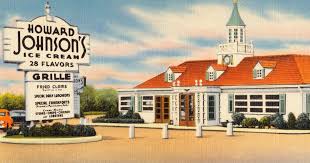
Howard Johnson’s was once the largest restaurant chain in the U.S., known for its high-quality comfort food and iconic orange-roofed diners. Long before fast-casual dining became a trend, Howard Johnson’s was serving homestyle meals made with fresh ingredients. Their fried clams, grilled frankfurters, and hand-scooped ice cream were all made with quality in mind. Unlike today’s mass-produced fast food, their menu focuses on real, scratch-made dishes that families can enjoy together. As noted on Wikipedia, Howard Johnson’s became a staple of American travel, with its recognizable orange roofs and 28 flavors of ice cream.
With the modern demand for nostalgia-driven dining and locally sourced ingredients, Howard Johnson’s would fit perfectly into today’s restaurant landscape. Their slow-cooked pot roasts, baked macaroni and cheese, and premium seafood platters would rival today’s farm-to-table restaurants. Their signature 28-flavor ice cream selection also predates modern gourmet ice cream shops by decades. If Howard Johnson’s were revived today with the same attention to quality, it would attract a new generation of food lovers who crave classic meals with a homemade touch.
2. Schrafft’s – A Healthy Modern Bistro
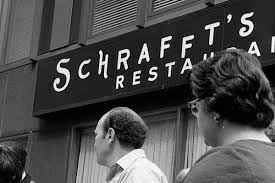
Schrafft’s was more than just a restaurant chain—it was a sophisticated dining experience that focused on quality food and a welcoming atmosphere. Known for its fresh-baked bread, rich ice creams, and gourmet-style sandwiches, Schrafft’s was an upscale alternative to greasy diners. They catered to families and professionals alike, offering hearty meals that were both delicious and refined. Their approach to quality over speed was far ahead of its time.
With today’s growing appreciation for upscale casual dining, Schrafft’s could easily make a comeback. Their classic menu, featuring homemade soups, gourmet sandwiches, and premium desserts, would rival modern bistros and artisan cafés. In an era where handcrafted, high-quality food is in demand, Schrafft’s commitment to fresh ingredients would be a major selling point. If revived, the chain would likely cater to those who appreciate nostalgic, elegant dining in a casual setting. As discussed on Restaurant-ing through History, Schrafft’s was renowned for its refined atmosphere and quality food, making it a beloved spot for both ladies and gentlemen.
3. Lum’s – Artisanal Food Before It Was Cool
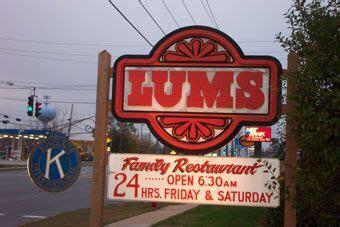
Lum’s was famous for its beer-steamed hot dogs, a technique that infused the sausages with deep, malty flavors. Unlike modern fast-food hot dogs, Lum’s took the time to enhance the flavor by steaming their franks in beer, a cooking method that has since become popular in gourmet food circles. They also served hearty sandwiches, burgers, and thick, homemade chili, which would fit right into today’s craft food scene. Their focus on quality ingredients set them apart from many fast-food competitors of their time.
With today’s explosion of gourmet hot dog restaurants, Lum’s would thrive if revived with its original concept. Modern food lovers appreciate unique preparation methods, and beer-infused hot dogs would likely become a specialty item at upscale diners and food trucks. In a world where craft beer pairings are a major trend, Lum’s beer-steamed hot dogs would fit perfectly alongside today’s artisanal brews. If this chain returned with its original concept and a modern twist, it would appeal to foodies looking for unique comfort food experiences. As discussed on MeTV, Lum’s was a pioneering fast-casual chain known for its distinctive menu items and casual dining atmosphere.
4. Red Barn – Farm-Fresh Before It Was a Trend
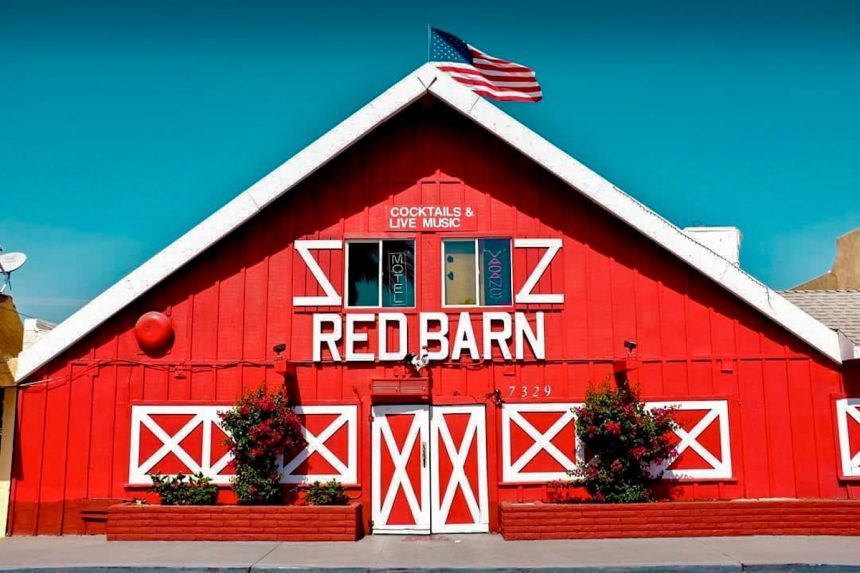
Red Barn was a fast-food chain that focused on fresh, high-quality ingredients long before farm-to-table became a movement. Unlike many of its competitors, Red Barn emphasized real beef, fresh vegetables, and homemade-style buns for its burgers. Their Big Barney burger and crispy fried chicken were made with attention to quality, setting them apart from the overly processed fast food that would later dominate the industry. They also had a unique barn-themed restaurant design that made dining feel fun and inviting.
With today’s focus on locally sourced meats and organic ingredients, Red Barn would thrive in the modern food scene. Consumers now seek out fast-casual restaurants that prioritize real food over mass production, making Red Barn’s original concept highly relevant. If reintroduced today, the chain could easily rival premium burger joints like Shake Shack and Five Guys. Their commitment to fresh, quality meals would make them a favorite among those looking for wholesome fast food. As discussed on American Memory Lane, Red Barn was a beloved chain that could find new life by emphasizing its pioneering approach to quality ingredients.
5. Kenny Rogers Roasters – Rotisserie Chicken Done Right
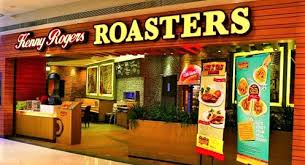
Kenny Rogers Roasters was ahead of its time with its focus on slow-roasted, flavorful chicken that was both juicy and healthy. Unlike greasy fried chicken chains, Kenny Rogers Roasters specialized in rotisserie-style chicken that was cooked to perfection with natural seasonings. Their sides, including cornbread, mashed potatoes, and steamed vegetables, were made with quality ingredients, making the meals feel home-cooked. At a time when fast food was becoming more processed, Kenny Rogers Roasters stood out by offering healthier, high-quality alternatives.
With the rise of health-conscious eating, a modern revival of Kenny Rogers Roasters would be a major success. Today’s consumers are more aware of how their food is prepared, and slow-cooked rotisserie chicken remains a popular choice for those avoiding deep-fried meals. The brand’s original commitment to flavorful, well-seasoned chicken would make it a strong competitor against modern rotisserie-style restaurants. If relaunched with its signature recipes and a slightly updated menu, it would easily attract today’s health-focused and flavor-loving diners.
6. Gino’s Hamburgers – The OG Of Fresh Quality Burgers
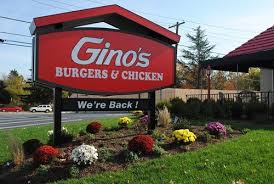
Before the rise of gourmet burger joints, Gino’s Hamburgers was serving fresh, made-to-order burgers that focused on quality rather than speed. Founded by football player Gino Marchetti, the chain was known for using real beef patties, fresh vegetables, and thick, homemade milkshakes. Unlike many fast-food competitors that later switched to frozen patties and mass production, Gino’s prided itself on offering a more premium fast-food experience. Their burgers were cooked fresh on the grill, ensuring they had a juicy and flavorful taste.
With today’s push for better burger quality, Gino’s would easily fit into the modern fast-casual scene. Chains like Shake Shack and Five Guys have proven that people are willing to pay more for a fresh, well-made burger. If Gino’s were revived with its original commitment to quality ingredients, it could compete with today’s premium burger spots. Consumers now prioritize fresh meat, hand-cut fries, and real dairy milkshakes—exactly what Gino’s was offering decades ago. A comeback for this chain would bring nostalgia while catering to modern food lovers who demand better ingredients.
7. Henry’s Hamburgers – The Forgotten Fast-Food Pioneer
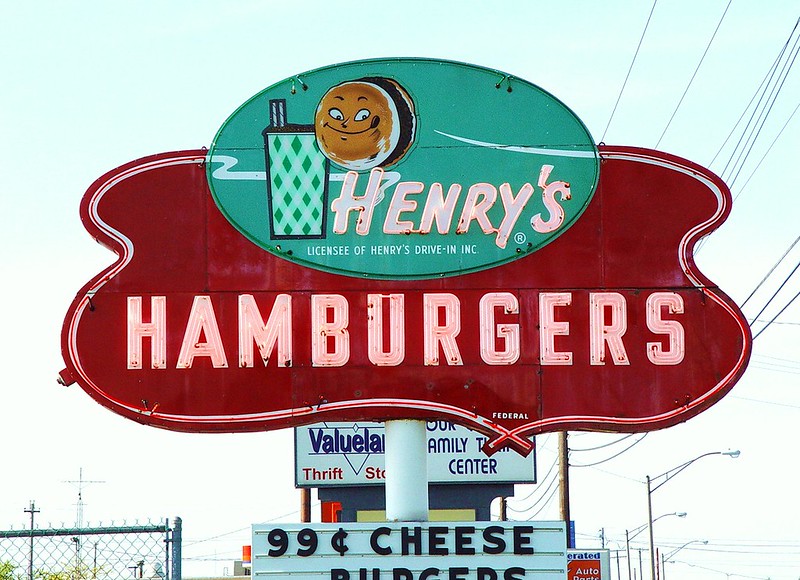
Henry’s Hamburgers was once a strong competitor to McDonald’s, offering simple, high-quality burgers at an affordable price. They were known for serving fresh beef patties, hand-spun milkshakes, and crispy fries—all staples of today’s booming burger industry. Unlike today’s fast-food giants that rely on mass production, Henry’s was one of the first chains to emphasize real, freshly made burgers. Their motto of “A meal for the price of a shake” made them incredibly popular in the 1950s and 60s.
In today’s world, where fast-food burgers often lack freshness, Henry’s concept would be a perfect fit. If brought back with an emphasis on high-quality, fresh ingredients, Henry’s could easily compete with the new wave of premium burger chains. Consumers are now willing to pay more for better fast food, making the demand for old-school, high-quality burgers stronger than ever. The simplicity and authenticity of Henry’s menu would make it a standout choice in the current restaurant landscape.
8. Arthur Treacher’s – The Original Hand-Battered Fish & Chips
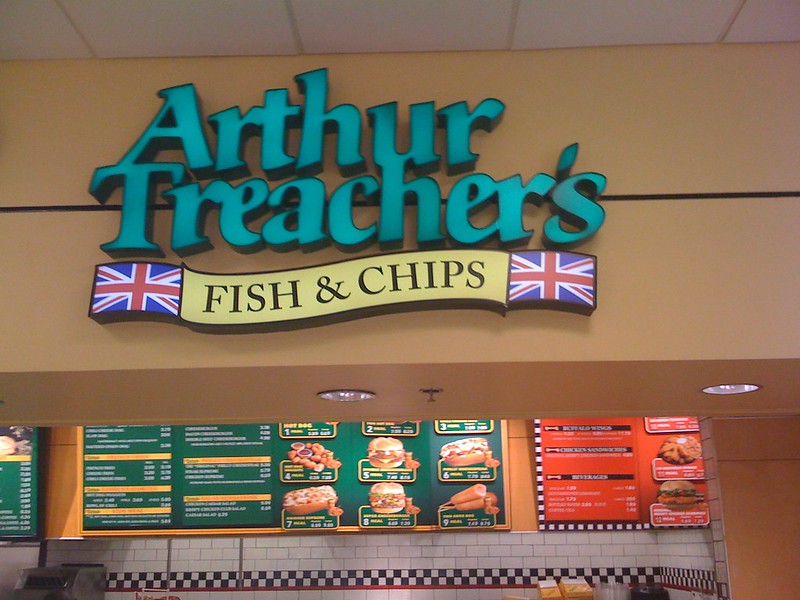
Long before fish and chips became a trendy food truck specialty, Arthur Treacher’s was serving hand-battered, crispy fish fillets paired with thick-cut fries. The chain’s focus on traditional English-style fish and chips set it apart from the deep-fried seafood sold at fast-food restaurants today. Unlike frozen fish sticks or heavily processed seafood meals, Arthur Treacher’s used high-quality cod fillets coated them in a signature batter, and fried them to perfection.
With today’s growing demand for sustainable seafood and high-quality ingredients, Arthur Treacher’s could thrive if revived with its original mission. Fast-casual seafood restaurants have gained popularity, but many struggle to maintain authenticity. If Arthur Treacher’s returned with fresh, responsibly sourced fish and hand-cut fries, it would easily attract modern seafood lovers. Consumers are now seeking healthier, fresher alternatives to processed fast food, making a return to this beloved chain a strong possibility.
9. Steak and Ale – A Steakhouse That Made Homemade Trendy
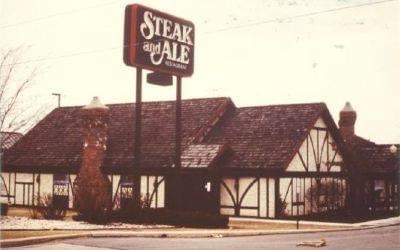
Steak and Ale was one of the first chains to introduce the casual steakhouse experience, offering high-quality cuts of meat at an affordable price. Unlike today’s fast-food chains, Steak and Ale focuses on well-seasoned, juicy steaks, served with fresh side dishes like baked potatoes and salads. Their dimly lit, cozy atmosphere made dining feel special without the high price tag of fine dining. The chain also offered a well-curated selection of wines, making it a popular spot for both families and date nights.
With the rise of casual dining restaurants like Texas Roadhouse and Outback Steakhouse, Steak and Ale’s concept would fit right in with today’s food scene. Consumers now expect premium ingredients even in affordable steakhouses, which is exactly what Steak and Ale originally offered. A modern revival with responsibly sourced beef and upgraded side dishes would make it a strong competitor in the casual dining space. Given today’s demand for high-quality yet affordable dining experiences, Steak and Ale’s comeback would likely be a major success.
10. Bob’s Big Boy – The Original Diner-Style Burger Joint
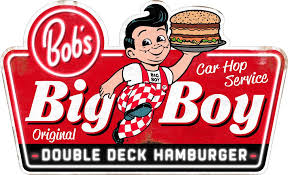
Bob’s Big Boy was one of the first chains to offer classic diner-style burgers with fresh ingredients and oversized portions. Their signature Big Boy burger—featuring a double patty with a signature sauce—was the original inspiration for many modern fast-food burgers. Unlike today’s heavily processed fast-food meals, Bob’s Big Boy prided itself on fresh, made-to-order food. The chain was also famous for its hand-spun milkshakes and thick, fluffy pancakes, making it a go-to spot for families.
Given the resurgence of retro-style diners and classic American comfort food, Bob’s Big Boy could easily make a comeback. Consumers now crave nostalgia-driven dining experiences, and Bob’s Big Boy would offer that with its 1950s-style charm. A modern revival focusing on quality ingredients and a fresh take on its original menu would make it a hit among today’s food lovers. With the right marketing and commitment to handcrafted meals, Bob’s Big Boy could once again become a household name.
11. Morrison’s Cafeteria – The Fresh-Made Southern Comfort Chain
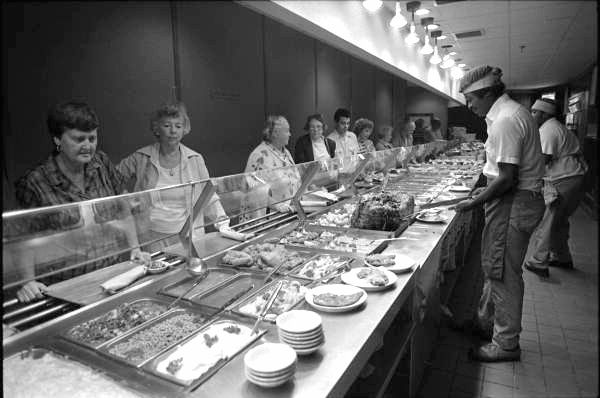
Morrison’s Cafeteria was once one of the best places to enjoy scratch-made Southern food in a casual setting. Their menu featured freshly baked cornbread, slow-cooked meats, and homemade desserts that rivaled home cooking. Unlike today’s buffet-style restaurants, Morrison’s focused on real, handcrafted meals rather than mass-produced dishes. Diners could enjoy high-quality comfort food without the need for fast food or fine dining prices.
In today’s world, where farm-to-table and homemade-style meals are in high demand, Morrison’s would fit right in. If revived with its original dedication to fresh Southern cooking, the chain could compete with modern soul food and comfort food restaurants. Consumers are now looking for authentic, made-from-scratch dining experiences, making Morrison’s a perfect match for today’s food trends. A comeback with updated, locally sourced ingredients would make this chain a major hit.
12. Chi-Chi’s – The Original Fresh-Mex Chain
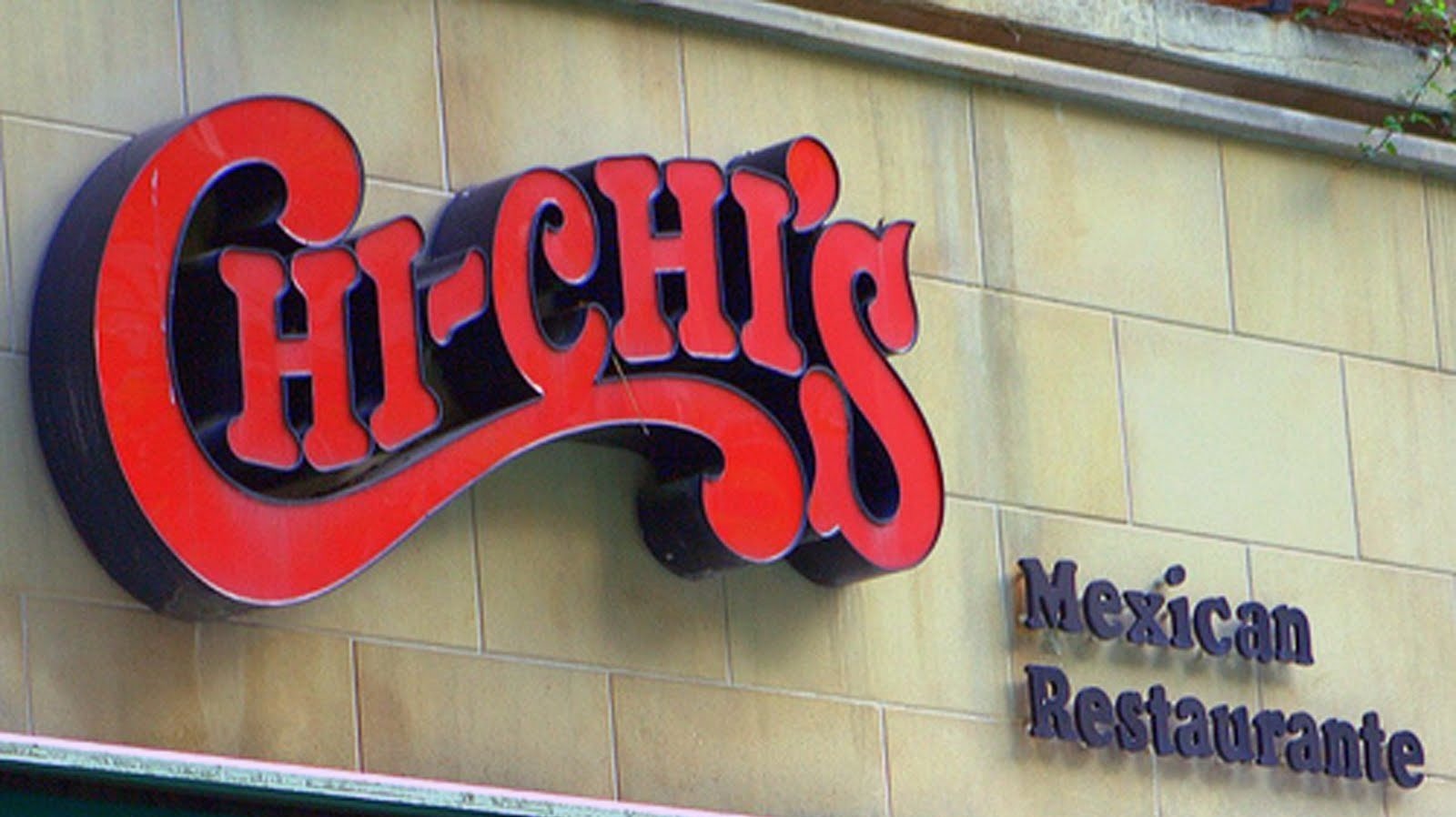
Before modern Mexican food chains became popular, Chi-Chi’s was serving fresh, high-quality Tex-Mex dishes with a homemade touch. Their menu featured hand-rolled enchiladas, sizzling fajitas, and freshly made tortilla chips—all crafted with real ingredients. Unlike today’s fast-casual Mexican spots that rely on pre-packaged ingredients, Chi-Chi’s focused on traditional preparation methods. Their bold flavors and festive atmosphere made them a favorite for Mexican food lovers.
With the explosion of demand for fresh, authentic Mexican cuisine, a modern version of Chi-Chi’s would thrive. Consumers now seek high-quality, locally sourced ingredients in their Mexican food, making Chi-Chi’s ahead of its time. If brought back with a focus on fresh, house-made dishes, it could compete with Chipotle and other modern Mexican chains. Chi-Chi’s was a pioneer in bringing real Tex-Mex to mainstream audiences, and its return would be a welcome addition to today’s food scene.
13. Sambos – A Classic Breakfast Chain With Fresh Ingredients
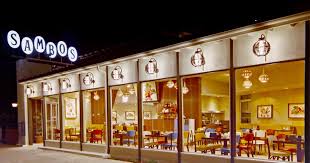
Sambos was once a beloved breakfast chain that focused on hearty, fresh-made meals that set it apart from typical diners. Known for its fluffy pancakes, golden hash browns, and perfectly cooked eggs, Sambos offered a menu that emphasized quality ingredients over mass production. Unlike many modern breakfast spots that rely on frozen or pre-made components, Sambos took pride in preparing meals from scratch. Their signature syrup and hand-whipped butter added a homemade touch that made every dish feel special.
With today’s focus on all-day breakfast and premium-quality brunch, Sambos would be a perfect fit for the modern food scene. Consumers are now drawn to breakfast restaurants that offer organic eggs, locally sourced meats, and handcrafted coffee. If Sambos were revived with a commitment to using fresh, high-quality ingredients, it could easily compete with popular brunch spots like First Watch and Snooze. A modern version could introduce healthier options while maintaining the classic comfort food appeal that made it a favorite in the first place. The rise of gourmet breakfast culture makes a comeback for Sambos a promising idea.
14. Doggie Diner – The Gourmet Hot Dog Chain Before Its Time
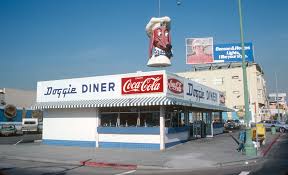
Doggie Diner was a West Coast favorite known for serving high-quality hot dogs long before gourmet hot dog spots became trendy. Unlike today’s fast-food hot dogs, Doggie Diner uses premium cuts of meat, fresh-baked buns, and a wide variety of unique toppings. Their menu featured chili dogs, sauerkraut-topped franks, and specialty sausages that catered to all tastes. The restaurant’s iconic dachshund-headed signs became a symbol of fun, casual dining with a focus on fresh ingredients.
With the growing popularity of craft hot dog restaurants and food trucks, Doggie Diner would thrive in today’s food culture. Modern consumers love loaded hot dogs with creative toppings, and Doggie Diner’s original concept was already ahead of the curve. If revived with locally sourced meats, gourmet condiments, and house-made sauces, the brand could appeal to a new generation of food lovers. Given the rise of specialty hot dog joints, Doggie Diner could easily re-establish itself as a leader in the industry. A comeback would blend nostalgia with the modern demand for high-quality fast food, making it a strong contender in today’s market.

Abisola is a communication specialist with a background in language studies and project management. She believes in the power of words to effectively connect with her audience and address their needs. With her strong foundation in both language and project management, she crafts messages that are not only clear and engaging but also aligned with strategic goals. Whether through content creation, storytelling, or communication planning, Abisola uses her expertise to ensure that her messages resonate and deliver lasting value to her audience.


